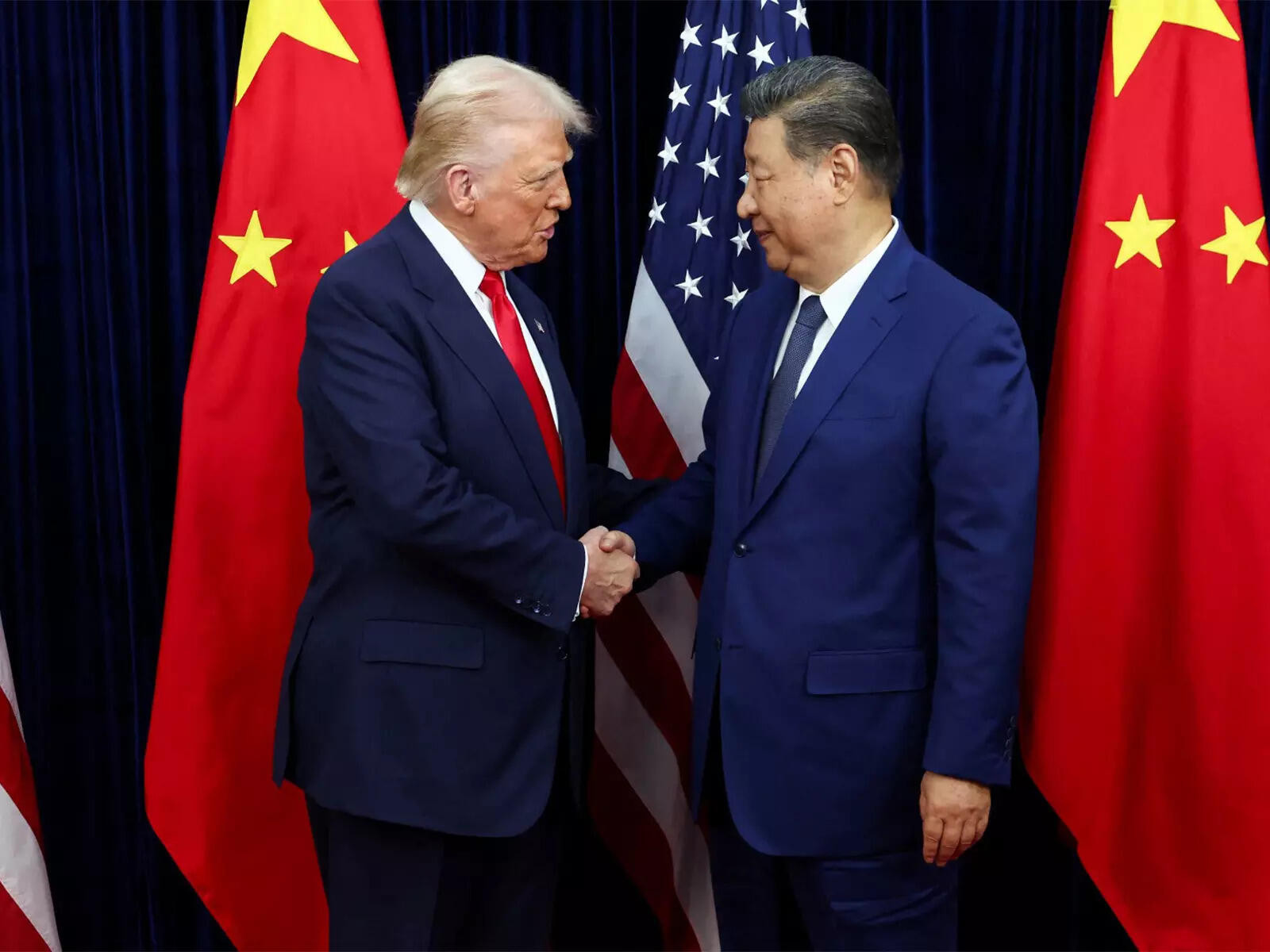US and China have reached a provisional trade deal, easing tariffs and pausing export curbs. While hailed as a success, the agreement may be too late for American soybean farmers and does little to address deeper economic woes in both nations.
Navigating the Tightrope: US-China Trade Relations After the Trump-Xi Meeting
The global economic stage has been a bit of a soap opera lately, hasn’t it? The latest episode features the familiar characters of the United States and China, locked in their ongoing dance of trade and diplomacy. Fresh off a meeting between former President Trump and President Xi, the air is thick with anticipation. Did they finally find a harmonious rhythm, or are we just heading towards another dramatic cliffhanger?
Trump, ever the showman, declared the talks a “great success.” But what does that actually mean for the complex web of trade relations that bind, and sometimes strangle, the world’s two largest economies?
A Glimpse Behind the Curtain: What Was Actually Discussed?
While details remain somewhat vague (as they often do in these high-stakes encounters), it’s understood that the conversation centered on the contentious issues that have long plagued the relationship. Think intellectual property theft, trade imbalances, and access to markets. These aren’t new players; they’ve been center stage for years, fueling the trade wars that have sent ripples of uncertainty across global markets. The core question is whether this latest dialogue represents a genuine shift in approach or just another act in a long-running performance.

The previous administration’s tariffs on Chinese goods remain largely in place, and while there’s talk of easing tensions, concrete action is what the market craves. Promises are fleeting; tangible changes are what truly move the needle. Are we seeing a move towards dismantling these barriers, or simply a temporary truce?
The Stakes Are High: Why US-China Trade Matters to Everyone
It’s easy to think of US-China trade as a purely bilateral affair, but its implications stretch far beyond their borders. These two economic giants are deeply intertwined in global supply chains. A disruption in their relationship sends tremors through manufacturing, technology, and agriculture worldwide.
For American businesses, access to the vast Chinese market is crucial for growth and competitiveness. Conversely, China relies heavily on American technology and investment. When this symbiotic relationship is strained, everyone feels the pinch, from multinational corporations to small-town farmers.
Can This “Success” Revive Economies?
The million-dollar question, of course, is whether this apparent progress can breathe new life into both economies. Both the US and China are grappling with their own set of economic challenges. The US is trying to tame inflation and navigate a potential recession, while China is dealing with a property market slowdown and slowing growth.
A stable and predictable trade relationship could certainly provide a much-needed boost. Reduced tariffs would lower costs for businesses, potentially leading to lower prices for consumers. Increased market access could spur investment and innovation. However, the impact will depend on the extent to which these talks translate into concrete policy changes. Optimism needs to be tempered with a healthy dose of realism. We’ve seen “breakthroughs” before that ultimately fizzled out.
This “success” needs to convert into action, not just remain pleasantries. The real test will come in the weeks and months ahead as we watch for tangible steps towards resolving the ongoing trade disputes.
A Look Ahead: Navigating the Future of US-China Trade
The future of US-China trade is far from certain. The path forward will require careful navigation, balancing economic interests with national security concerns and geopolitical considerations. It’s a tightrope walk, requiring both sides to demonstrate a willingness to compromise and find common ground. The world is watching, hoping that this latest chapter in the ongoing saga leads to a more stable and prosperous future for all. What’s certain is that we must remain vigilant and keep abreast of the developments as they unfold. Understanding US-China Trade dynamics is fundamental to forecasting worldwide economic trends.
[Internal Link to a related article on global economics]
Final URL Slug: us-china-trade-talks







